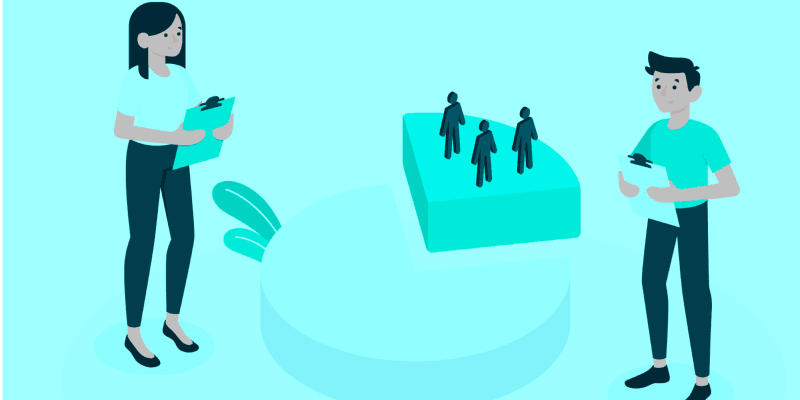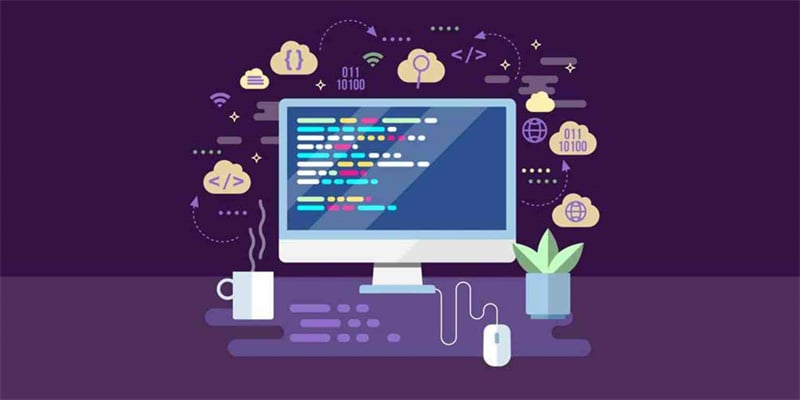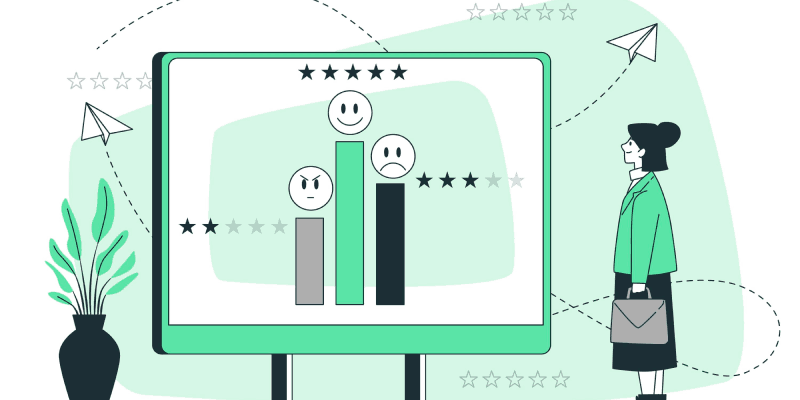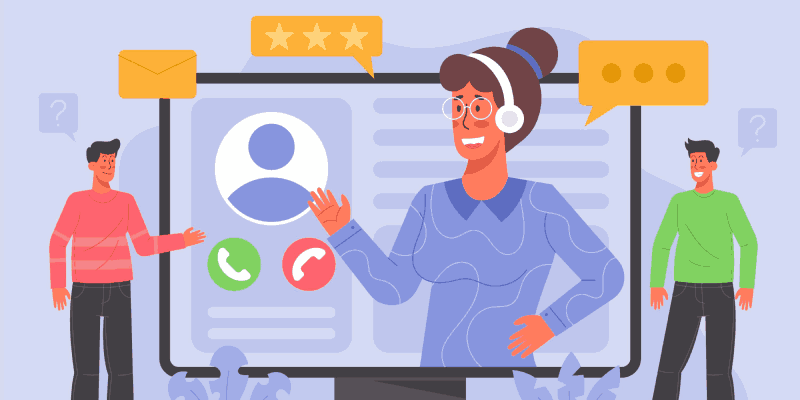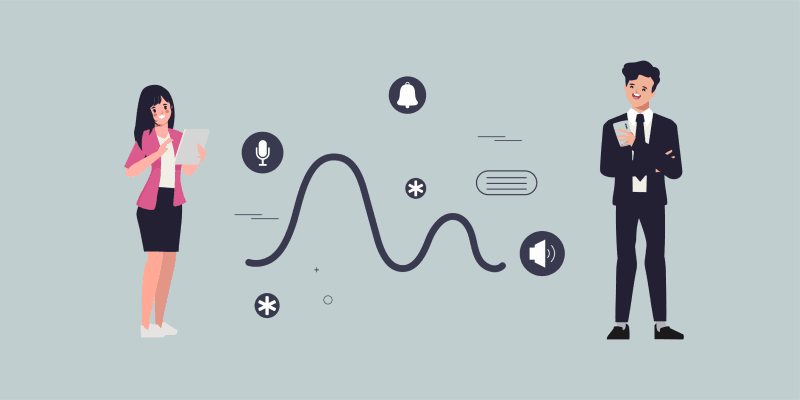How to Lose Your First 10 SaaS Customers (to Churn)

There are a number of great resources available to early-stage startups who are trying to land their first 10 paying customers. Doing so is no small task. It can take hard work, hustle and sometimes a bit of luck.
In the world of subscription-based software sales, Customer Churn is inevitable. At Akita, we make Customer Success software to help companies combat churn. Yet today we ourselves reached a major milestone…
10 Reasons We Lost Our First Ten Customers?
Are we glad we lost 10 customers? No, of course not. But we realize that it’s a fact of life in SaaS. It also means that we landed our 10th customer long ago and — by Jason Lemkin’s reasoning — that means we ‘have something’. Most importantly, each and every time we have lost a customer, we have done our best to learn why they churned and how we can prevent losing Customers for the same reason in the future.
Without further ado, here are the 10 reasons why we lost our first 10 customers what we learned each time.
The Customer Lacked Access to Internal Resources
One of our customers was unable to get the internal developer resources to integrate with our software. Without this integration, they only recognized a fraction of the value our platform might have provided and therefore did not achieve their desired outcome or return on investment.
Solution: While you can’t directly solve this problem, you can work with the customer before the sale to make sure they have secured the necessary resources to make the project successful. This might lengthen the sales cycle or delay kickoff but you will greatly enhance your odds of success.
The Customer Lacked (Executive) Sponsorship
Another early customer of ours was near the end of our onboarding process when they abruptly canceled their subscription. We learned that the decision was made, not by the primary contact, but by their boss who wanted to place financial resources elsewhere.
Solution: Get sponsorship from the highest rung on the ladder as early as possible — ideally during the sales process. Keep track of any changes in this hierarchy and if a sponsor leaves the company, get their replacement engaged immediately!
The Customer had a Change in Priorities
One of our customers was just dipping their toes into Customer Success. They completed their onboarding and were beginning to roll out the solution when a decision was made to emphasize Customer Support at the expense of Customer Success. Resources were moved from one department to the other and they decided to cancel their subscription until things “calmed down a bit”.
Solution: If you sense a change in priorities, see if changes to their subscription might extend the relationship until their priorities swing back in your direction.
The Customer had a Change in Circumstances
One of our customers chose Akita based on the forecasted launch date of their new software product. Delays in launching their product ultimately meant they wouldn’t need a Customer Success Management platform any time soon.
Solution: Sometimes there is not much you can do! Make sure you market to these ex-Customers as they might just sign up again down the road.
We Delivered Insufficient ROI to the Customer
We had a short-lived Customer who wanted to use Akita for a single, very specific use case. Ultimately the value derived from this single feature didn’t justify the cost of the complete solution.
Solution: Churn is often caused by “bad-fit” customers but we should learn lessons where we can. Perhaps a more modular solution will allow us to build a more flexibly priced solution that can accommodate customers like this one.
We Didn’t Fully Onboard the Customer
We lost a promising customer because we never fully onboarded them. This was due to inefficiencies in our onboarding process at the time, changes in their data strategy and delays in new features they requested.
Solution: Nail the onboarding. Once the kickoff call starts, a clock starts ticking and you are in a race to deliver value. A well-organized onboarding process will help you reduce the time to first value and set up your relationship for success.
We Lost a Customer to the Competition
One customer subscribed to Akita while evaluating several solutions in parallel. While there were things they preferred about Akita, ultimately a competing product was a better fit for their specific use case.
Solution: Don’t worry about your competitors (too much!) Make sure your product team continually evaluates the competitive landscape, adapts and innovates. While your product team is hard at work, continue to educate your Customers about the unique value your product can provide them.
Our Product was not Mature Enough for a Customer
Soon after we launched, a well-established software company kicked off a paid trial but did not move forward with their subscription. At the time, our product just wasn’t mature enough to deliver their desired outcome. We lacked features our competitors had, parts of our application were difficult to use and we even had (gasp) bugs.
Solution: Launch early! The feedback we received from our early customers has been invaluable. The sooner you launch, the sooner you will be mature enough for even the most discerning customers. Be prepared to lose a few customers and take their feedback to heart!
We Sold to a Bad-Fit Customer
No matter how closely your sales and customer success teams are aligned, inevitably your sales team will sign a customer who just doesn’t need the product they were sold. We had a customer who thought they needed a Customer Success Platform but really just needed a CRM. They were never going to get the ROI the required from our platform and would always be missing key features that were not on our roadmap. After an early conversation, we agreed that they should look for a solution elsewhere.
Solution: Make sure your sales team is incentivized to deliver customers who need your product and who your Customer Success department can make successful. When bad-fit customers do slip through the cracks it is best to address the situation head-on and part ways before the relationship becomes toxic and adversely affects your reputation.
We Didn’t Manage Customer Expectations Correctly
Our software is highly customizable and can be configured to each customer’s requirements. This process can take anywhere from a few hours to a few weeks. We lost a Customer when they expected immediate utility from the application and which, in their case, required a longer-than-normal setup phase.
Solution: Set expectations early on in the Customer-Vendor relationship. Make sure each party knows what their responsibilities will be to ensure a successful implementation.
Churn happens
What is important is that you learn something each and every time it happens and that you have processes and tools in place to help eliminate churn whenever possible!
